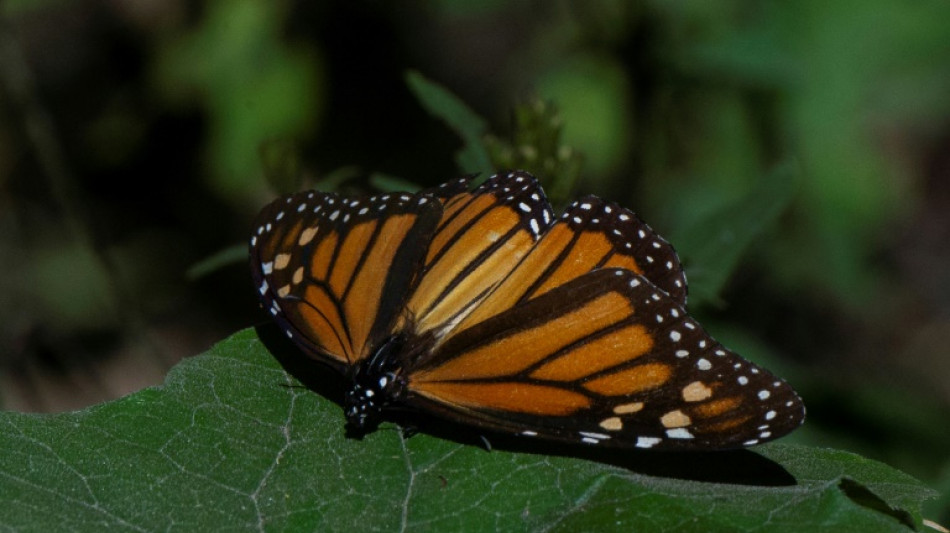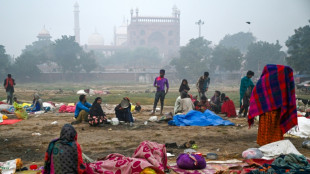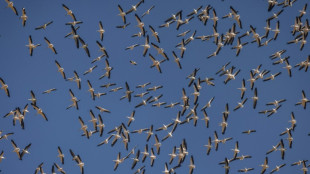

Mexico sees big fall in monarch butterfly numbers
Population numbers of endangered monarch butterflies have fallen sharply at their wintering sites in Mexico, experts said Wednesday, blaming the "sobering" drop primarily on climate change and the use of pesticides.
The orange, black and white-spotted insects covered 0.90 hectares (2.2 acres) of forest in the 2023-2024 season, Gloria Tavera, conservation director at the National Commission for Natural Protected Areas, said.
That marked a decline of 59 percent from the previous year, she told a news conference.
"Much has to do with climate change -- drought and high temperatures at breeding sites and in habitats along the migration route," Tavera said.
The use of herbicides in fields of milkweed -- the plant that it feeds on as a caterpillar -- in the United States and Canada is also considered a major factor.
Gregory Mitchell, research scientist at Environment and Climate Change Canada, described the figures as "sobering news."
But conservationists "have the tools and we have the drive" to help the monarch's recovery, he said.
In 2022, the migratory monarch butterfly was added to the International Union for Conservation of Nature's Red List of Threatened Species.
The insects travel more than 4,000 kilometers (2,500 miles) from Canada to spend the winter in Mexico before returning.
Wildlife defenders say that logging presents a major threat to their habitat in Mexico, one of the world's most dangerous countries for environmental activists.
The suspected murder of prominent butterfly conservationist Homero Gomez in 2020 underlined the dangers of standing up to illegal loggers in the Latin American nation.
O.Aceves--ESF




